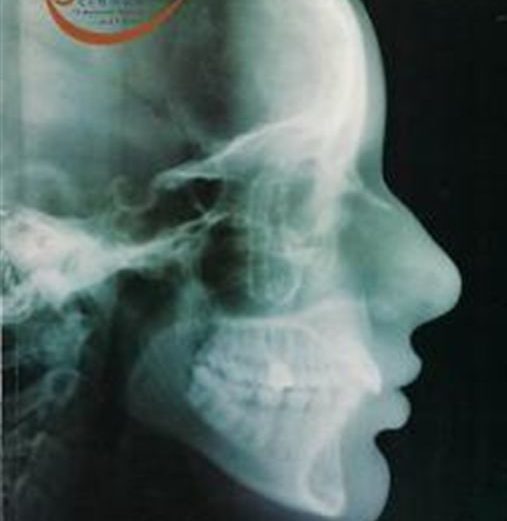Vol. 1 – Number 2 – 2008 Page 218 Scientific evidence for orthodontic practice Theses defended in graduate programs Jorge, EP. Evaluation of total nasal resistance and of the oral and nasopharyngeal free space in patients with Angle class II division 1 malocclusion submitted to orthopedic treatment with Balters bionator. [Doctoral Thesis]. Araraquara: School of Dentistry, UNESP; 2006. Doctoral Student: Edmilsson Pedro Jorge Advisor: Prof. Dr. Ary dos Santos-Pinto Date of defense: 06/09/2006 Examining Board: Prof. Dr. Ary dos Santos Pinto – Unesp – Araraquara Prof. Dr. Aníbal Benedito Batista Arrais Torres de Castro – Unifesp – São Paulo Prof. Dr. Dirceu Barnabé Raveli – Unesp – Araraquara Prof. Dr. Lídia Parkesian Martins – Unesp – Araraquara Prof. Dr. Jorge Abrão – Fousp – São Paulo Abstract The purpose of this research was to evaluate, in subjects with Angle Class II division 1 malocclusion, whether there were changes in breathing patterns and in the percentage of bucopharyngeal and nasopharyngeal free airway space; whether there was any relationship between total nasal resistance and bucopharyngeal and nasopharyngeal free space; and, whether there was any relationship between data obtained by clinical endoscopic view and the upper airway image analysis program, after orthopedic treatment with Balters bionator. The sample consisted of 14 female and male leucodermic patients, aged 8 to 12 years, with mixed dentition and Angle Class II division 1 malocclusion, selected from the Children’s Clinic Department of the Araraquara Dental School (UNESP), who had not undergone orthodontic treatment. The means and standard deviation of each variable studied were obtained using Student’s t test or Wilcoxon’s test. The nasal resistance evaluated by means of anterior active rhinomanometry revealed that after the application of topical vasoconstrictor solution there was a decrease of around 15% in total nasal resistance. The bucopharyngeal and nasopharyngeal spaces were evaluated by means of nasofibroscopy by an otorhinolaryngologist. The UTHSCSA program developed by the “Department of Dental Diagnostic Science at The University of Texas Heath Science Center” was used to calculate the total and free bucopharyngeal and nasopharyngeal airway space. It was found that the buccopharyngeal and nasopharyngeal clearances showed a statistically significant difference (p < 0.05) after treatment. Statistical analysis revealed no significant correlation between total nasal resistance and the bucopharyngeal and nasopharyngeal free spaces. On the other hand, there was a strong correlation (r > 0.90) between the data obtained by the otorhinolaryngologist in the clinical endoscopic view and those obtained by the upper airway image analysis program. Thus, it was concluded that after treatment with the Balters bionator a) there was a decrease around 5% in unilateral and total nasal resistance; b) 8 patients (57.14%) had total nasal resistance values above the normal range; c) the etiological factors that caused the obstruction and the decrease in nasal-respiratory function of all patients were diagnosed by means of the nasofibroscopy exam; d) there was a statistically significant increase, around 12%, in the air spaces of the oropharynx and nasopharynx; e) there was no statistically significant correlation between total nasal resistance and the free space of the oropharynx and nasopharynx; f) the diagnoses obtained by the otorhinolaryngologist in relation to the results obtained by the image analysis program had an agreement greater than 90%. Key words: Rhinomanometry; nasofibroscopy; bucopharynx; palatine tonsils; nasopharynx; pharyngeal tonsils; Angle’s class II malocclusion; Balters bionator.
This content is restricted to site members. If you are an existing user, please log in. New users may register below.




